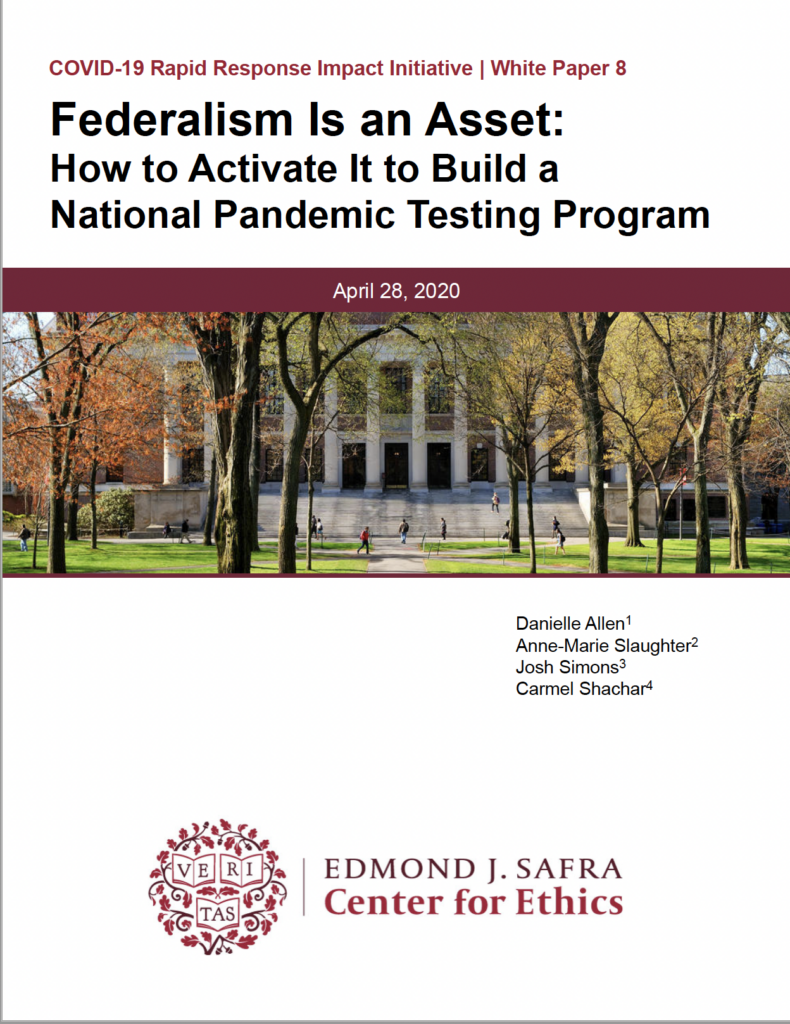The eight installment of our COVID white paper series is, “Federalism Is an Asset,” by Danielle Allen, Anne-Marie Slaughter, Josh Simons, and Carmel Shachar.
Abstract
The U.S. is designed to be centralized and decentralized at the same time, which is exactly the structure we need right now to fight COVID-19. The ideological battles between conservatives and liberals always assume “either/or”—it is either the federal government or the states/localities that we need to steer policy, when actually it is both/and. U.S. special operations forces (under General Stanley McChrystal) successfully defeated the networked threat of al Qaeda in Iraq using a structure that was both centralized and decentralized. COVID-19 is also a networked threat. Response to the pandemic needs both a centralized authority for information gathering/dissemination, oversight of national production, and surge capacity, and a distributed capacity for execution that can respond quickly and flexibly to local circumstance. Distributed structures are of critical importance for resilience. In fighting COVID, we need distributed structures, anchored at the local level (county, metropolitan, municipal, tribal, and/or regional, depending on state and territorial public health structures), to ensure that we have as many different nodes of testing, tracing, treatment, and isolation as possible. A state-led and tribally or locally administered approach to a national testing, contact tracing, and supported isolation program (TTSI) will make for easier integration with existing equal protection and civil liberties safeguards and allow more local control, empowerment, and participation in ways that can actually advantage minorities and allow for widespread citizen engagement. This is critical at a time of widespread feelings of helplessness.


